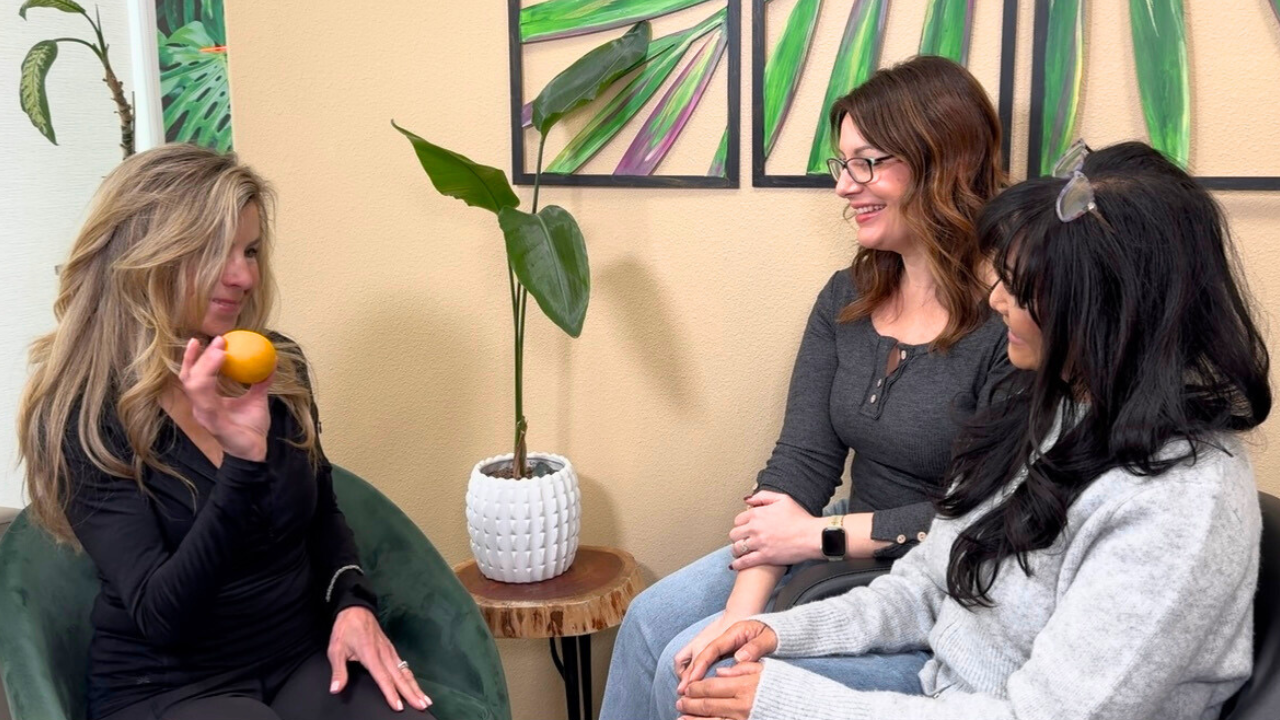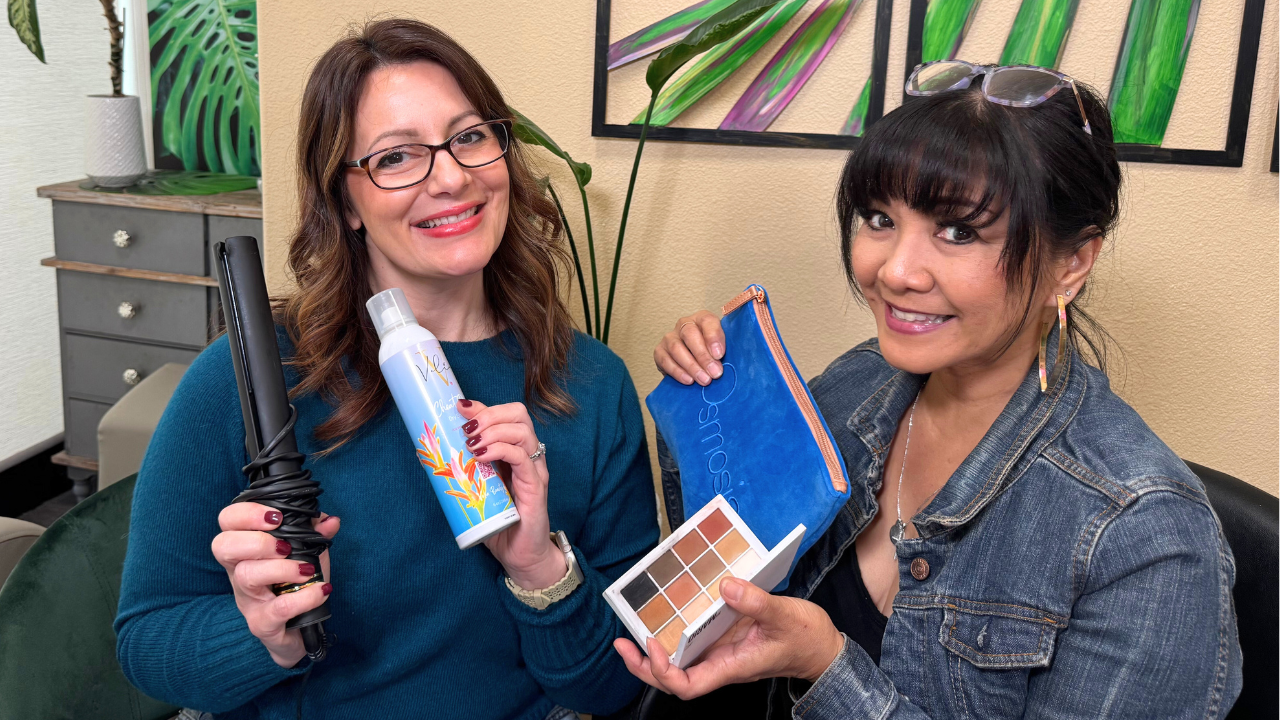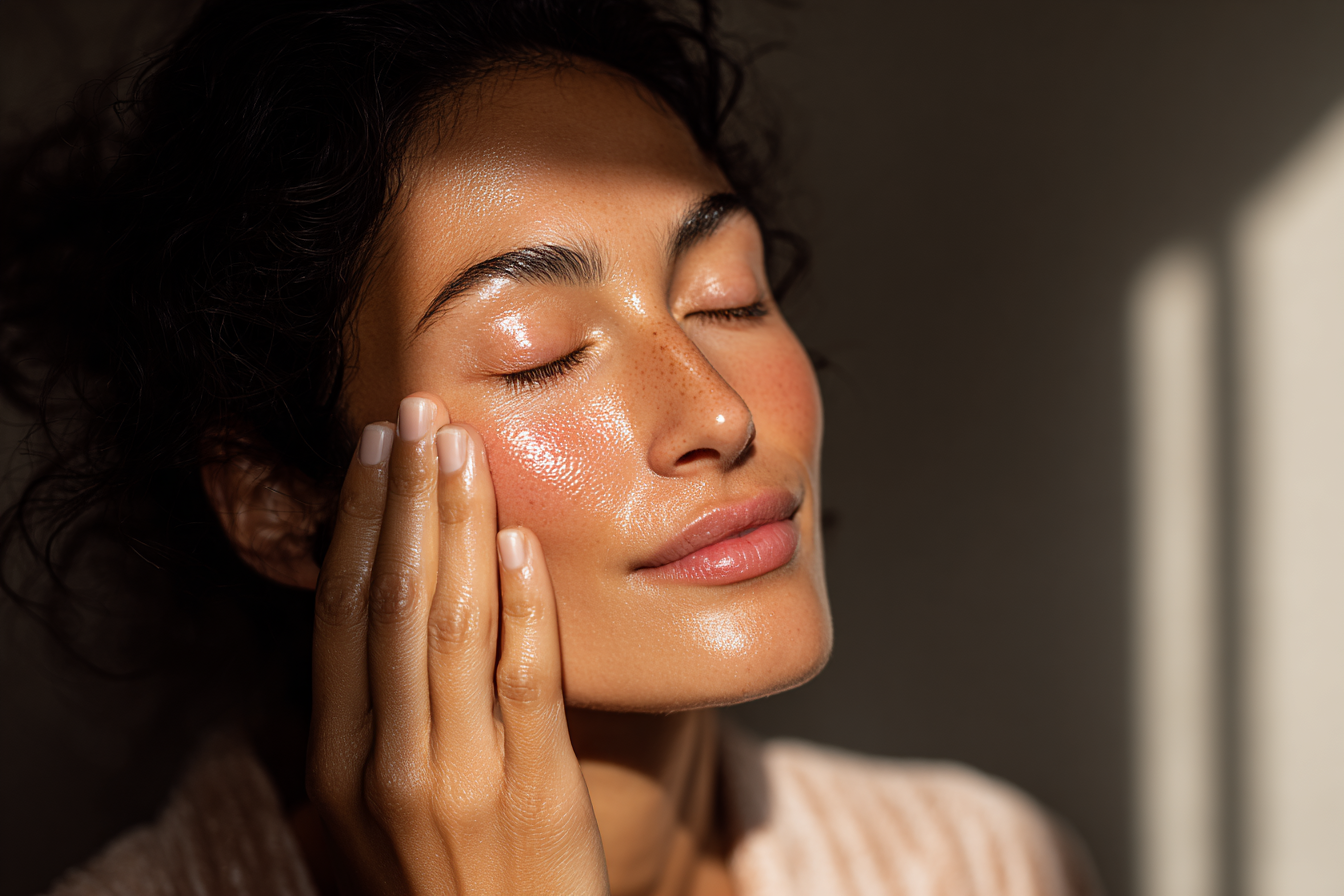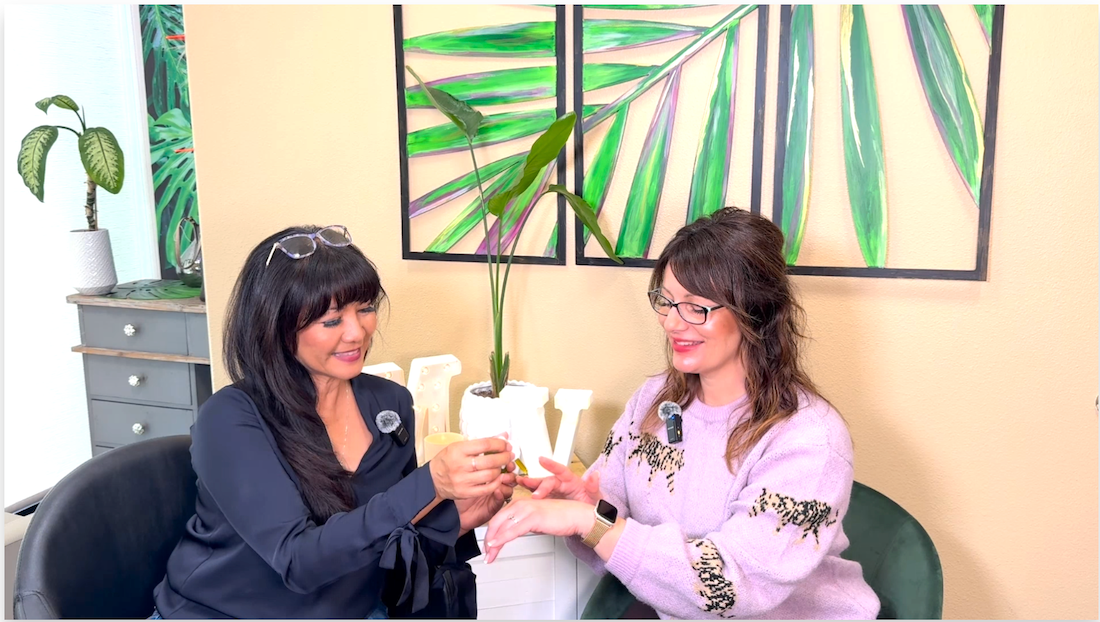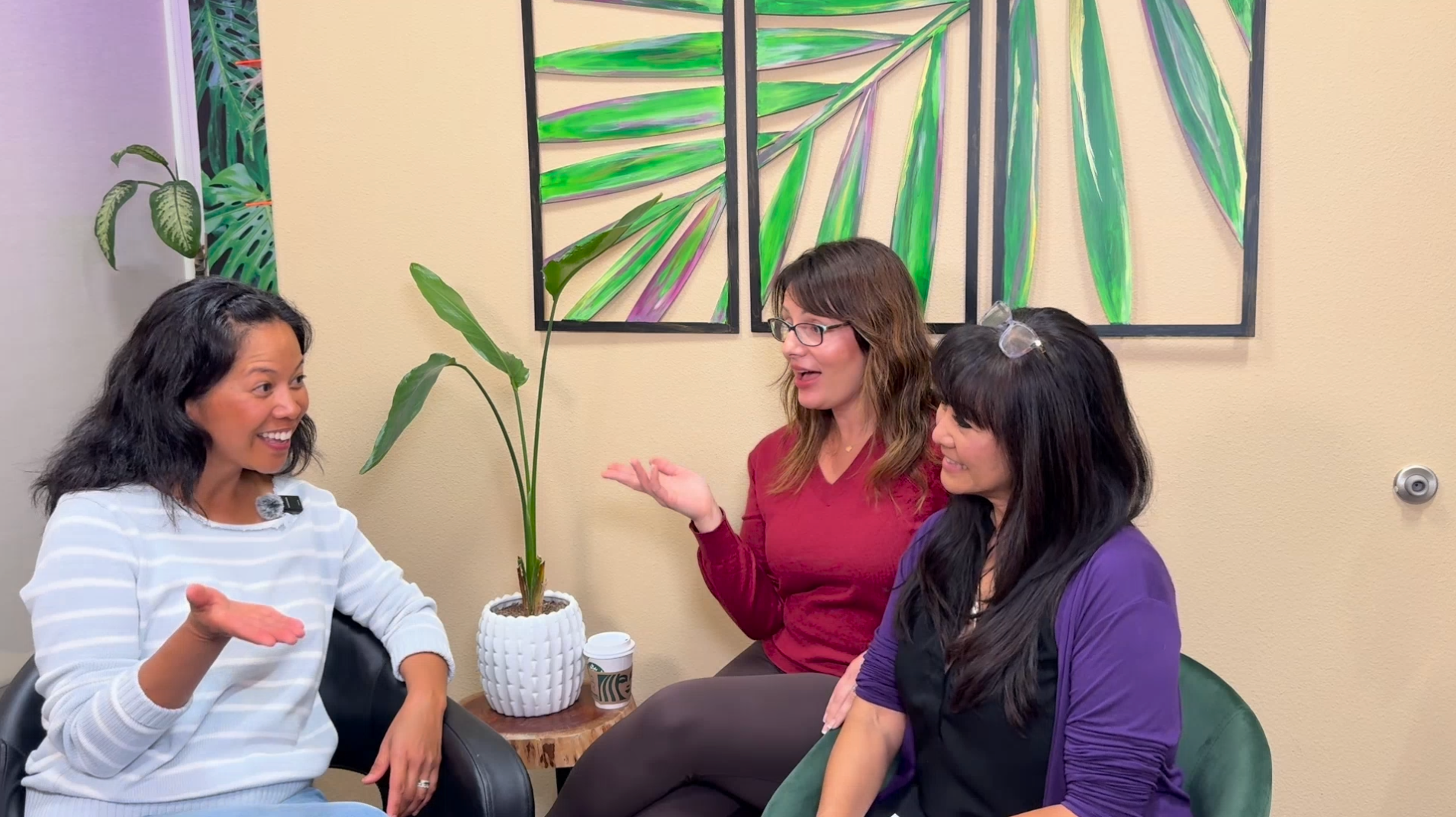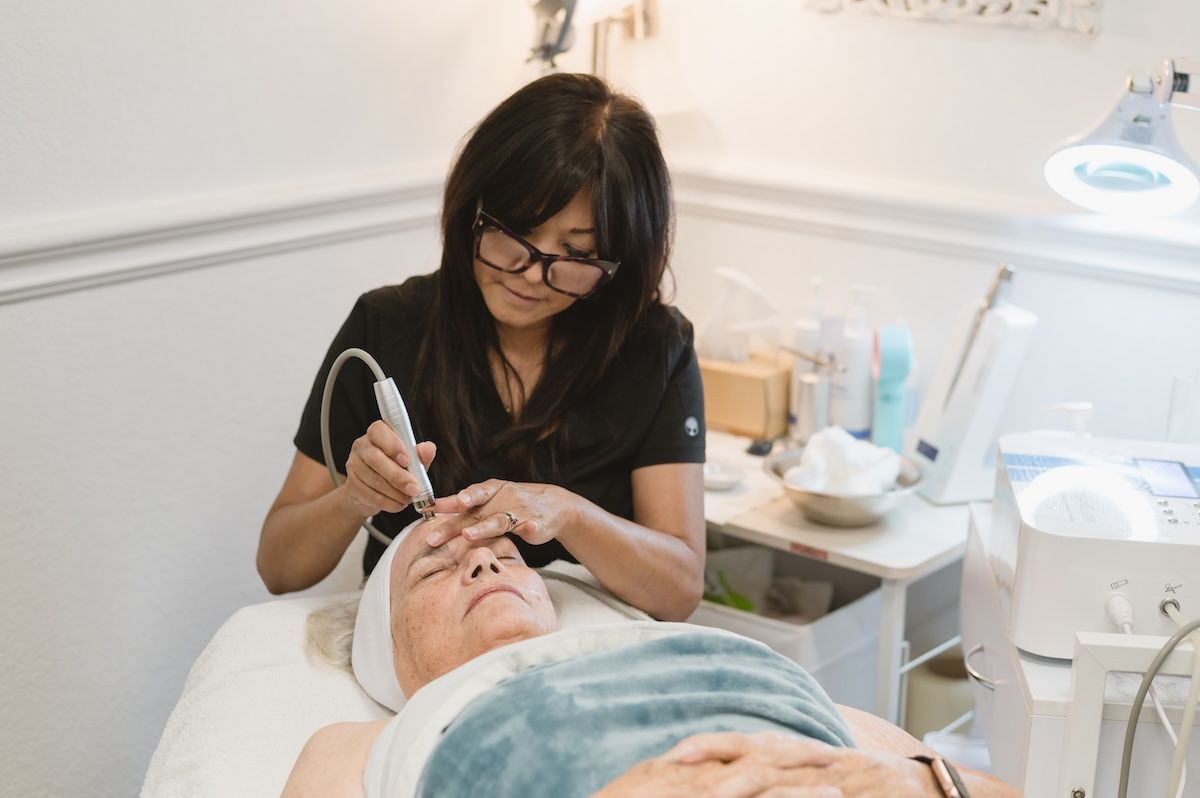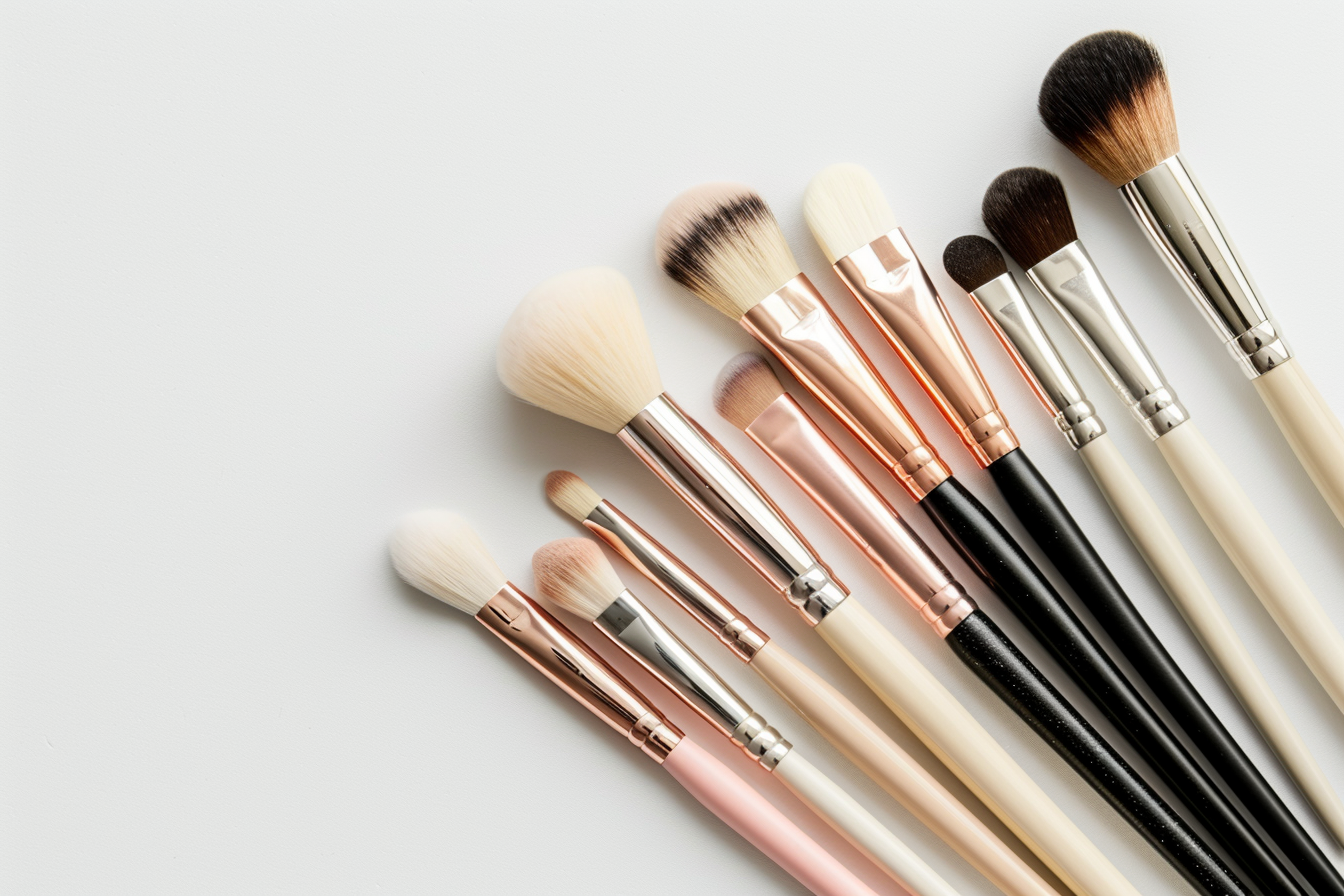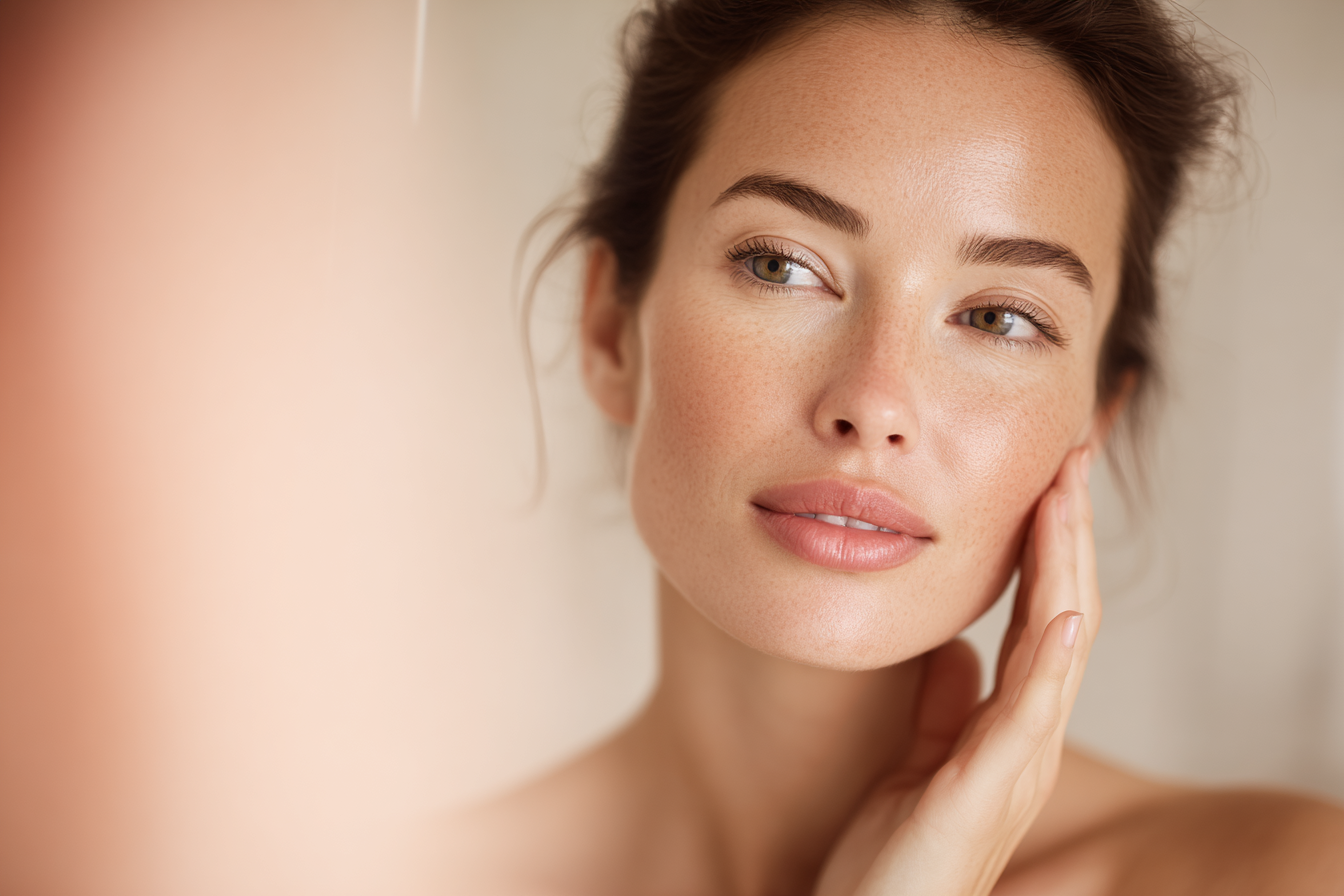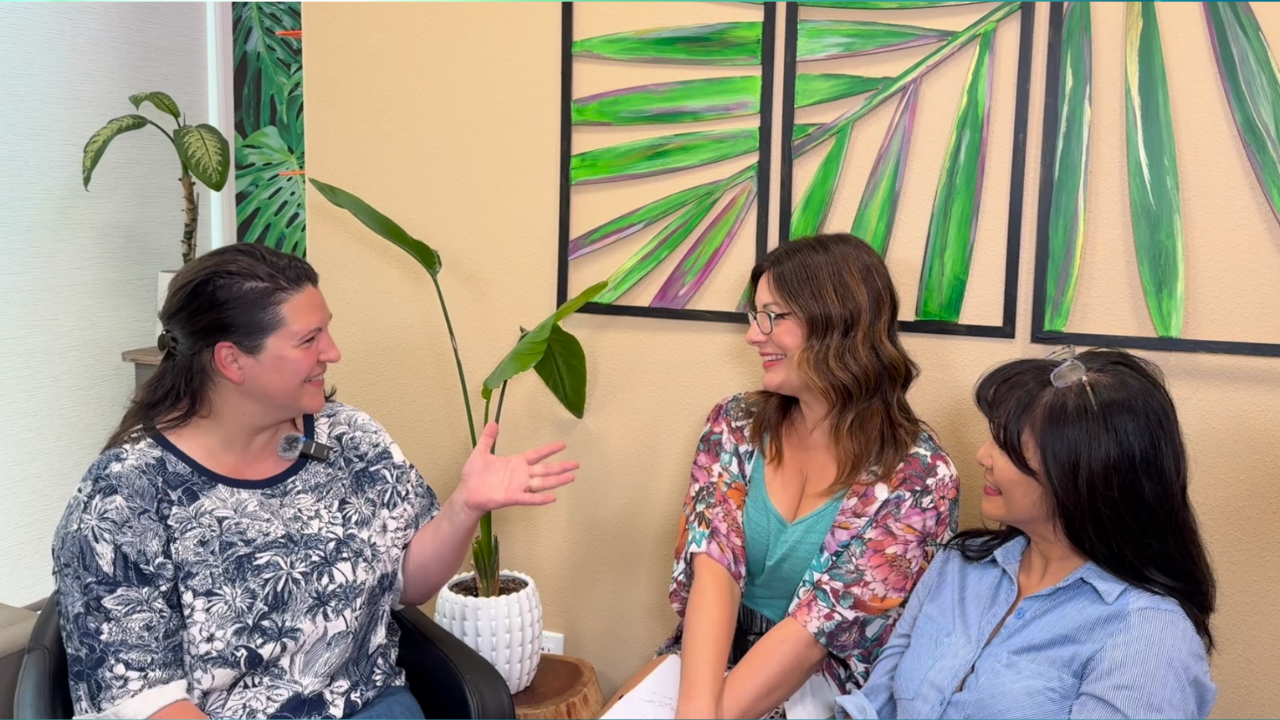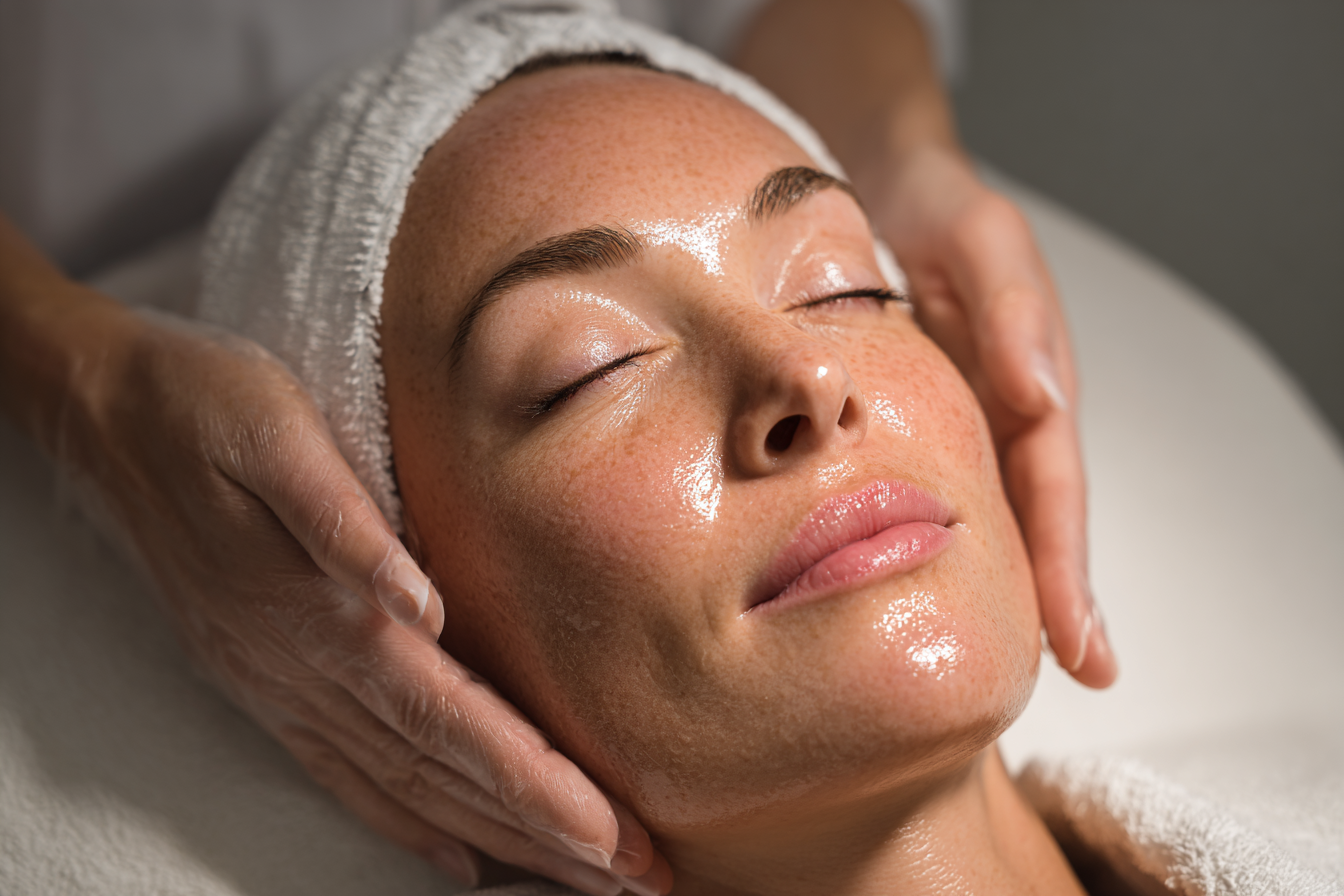Gua Sha Explained: Benefits, Myths, and How to Do It Right
Gua Sha Explained: Benefits, Myths, and How to Do It Right
Welcome back to the Beauty Lab Podcast! I’m your host Velia, and today I’m sitting down with my co-host Monina to talk about all things Gua Sha.
If you’ve been on TikTok or Instagram lately, you’ve probably seen these pretty rose quartz or jade tools—but what exactly is Gua Sha, and why is everyone obsessed with it?
What Is Gua Sha?
Monina explains it best: Gua Sha is a traditional Chinese medicine practice that involves scraping the skin with a smooth-edged tool. Originally, it was used for things like fevers, body pain, and muscle tension. Today, it’s been embraced by the beauty world and is used during facials to sculpt, relax, and refresh the skin.
The tools are usually made from jade, rose quartz, or other stones, because in Chinese medicine they also carry energetic properties.
Why Do Gua Sha?
So what are the benefits? According to acupuncturist Sandra Lanshin Chiu (who Monina loves and highly recommends checking out), Gua Sha can:
- Increase microcirculation by up to 400%, nourishing the skin from within
- Lift the brows and define cheekbones
- Soften fine lines and wrinkles
- Relieve jaw and cheek tension from clenching or grinding
- Calm the nervous system with repetitive, gentle strokes
- Shift the body from stress mode into “rest and digest” mode—hello better sleep!
Monina shared how jaw tension, for example, can lead to sagging skin and marionette lines. By relaxing those muscles with Gua Sha, you can actually help prevent that droopy, tired look we often blame on gravity.
How Gua Sha Fits into Traditional Chinese Medicine
In traditional Chinese medicine, beauty is seen as a reflection of inner balance. Pain, puffiness, and dull skin are signs of stagnation—whether it’s stagnant blood or stagnant chi (your body’s energy).
By moving that energy through mindful strokes, Gua Sha activates your body’s natural healing process, reduces inflammation, and restores harmony. That’s why Monina now uses it as part of her nighttime wind-down to prep for deeper, more restful sleep.
How to Do Gua Sha the Right Way
We’ve all seen random tutorials online—but here are the key things Monina learned from Sandra Lanshin Chiu about doing Gua Sha correctly:
- Always prep the skin first with a hydrating mist and facial oil so the tool glides without pulling. Email Monina to get my favorites! Just mention Episode 40.
- Start with the neck to release tension and open the lymphatic system.
- Use the flat side of the tool (not the sharp edge) and keep strokes long and gentle.
- Be mindful—the calming repetition is part of why it works.
- Stay consistent—twice a week for at least a month is when you’ll see results.
Sandra even explains that the name Gua Sha literally means scrape (Gua) and red marks (Sha)—which is why the practice looks different on the body versus the face. For facial Gua Sha, think light and soothing.
Tools, Myths, and Pro Tips
There are tons of shapes and materials, but the rule is simple:
- Flat sides = long strokes
- Notches = cheekbones, brow bone, or under-eye area
- Comb edges = scalp “strumming” to release tension
And let’s bust a myth: putting your tool in the fridge isn’t actually traditional. Chinese medicine avoids cold because it slows blood flow. For real results, it’s better to use your tool at room temperature or warmed slightly in your hands.
Final Thoughts
Gua Sha is more than a beauty trend—it’s an ancient ritual that blends skincare, energy flow, and stress relief. Whether you’re looking to lift, sculpt, or simply unwind at night, it’s worth exploring.
Monina uses it in her studio. If you are in the Bay Area (Northern California) or visiting, schedule a facial!
As Monina says, “Be consistent, give yourself grace, and take before-and-after photos to see the difference over time.”
Until next time, keep experimenting with your beauty routine!
